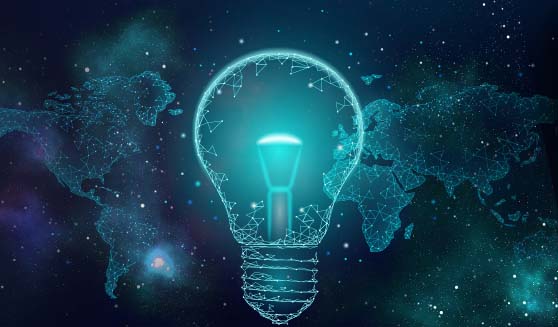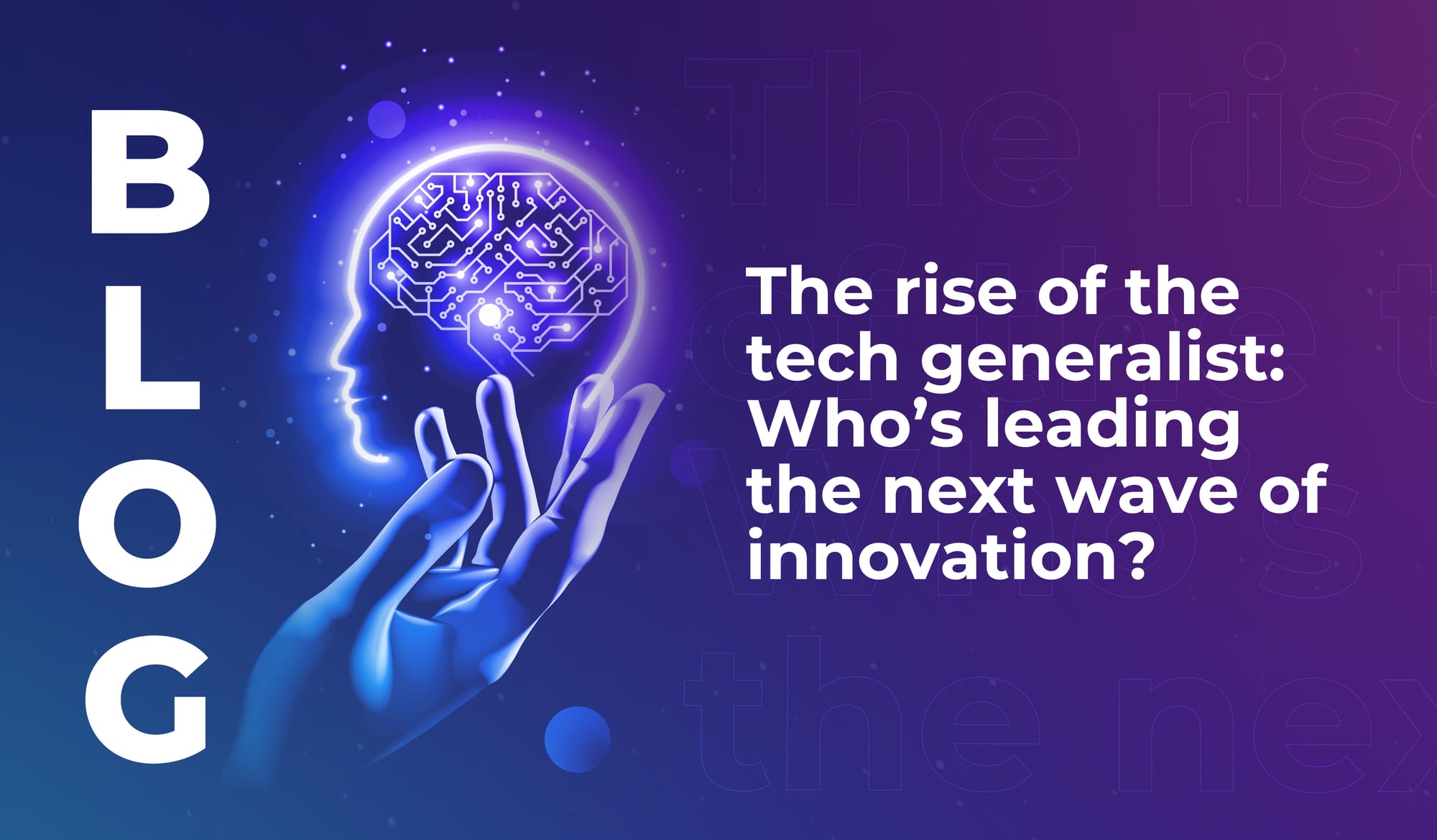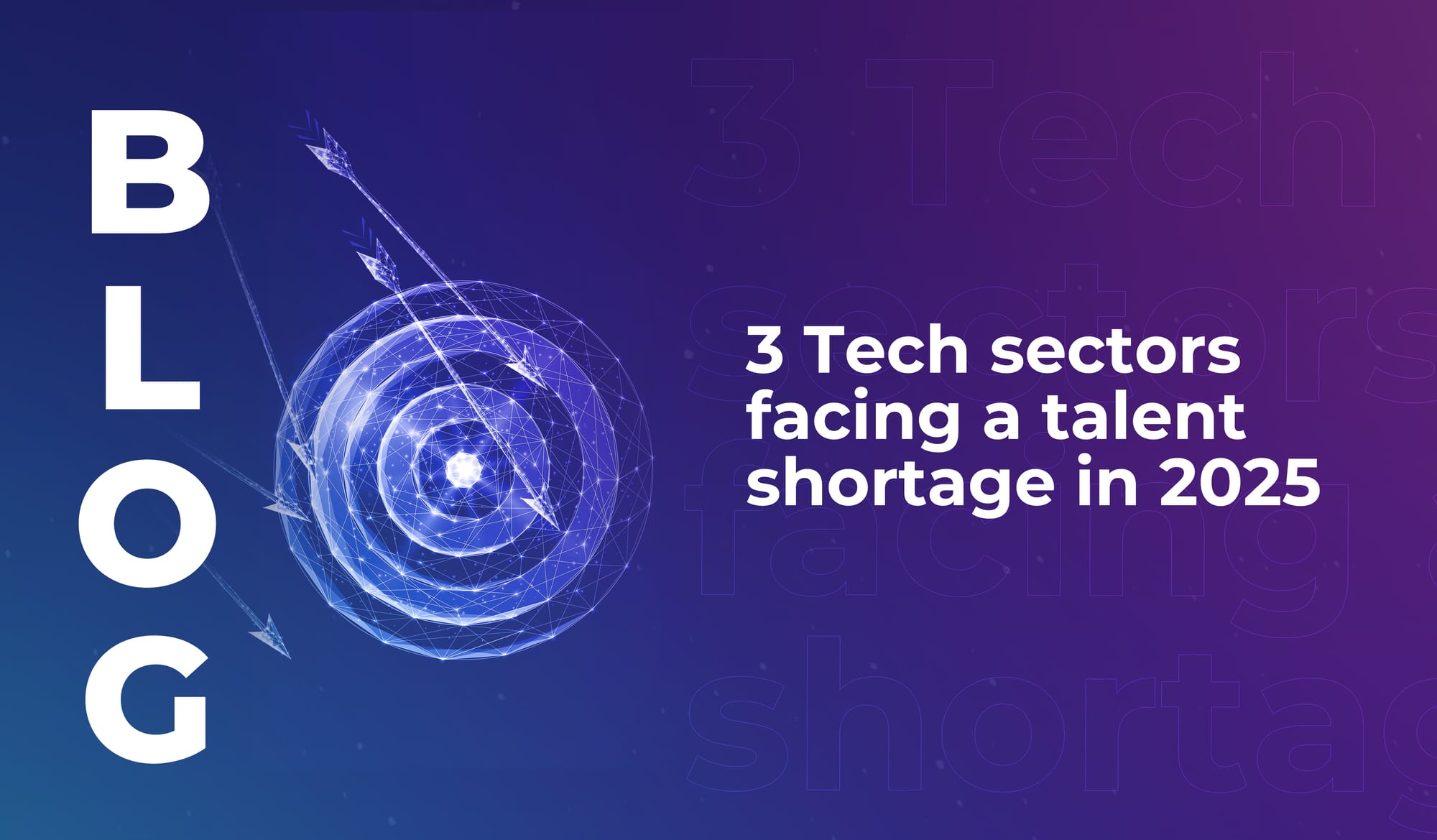
Global leaders gathered for the COP26 summit in November 2021 in the UK, bringing sustainability back on the international agenda. After two weeks of sometimes tense discussions, the world agreed on individual and collective measures to combat climate change and reduce greenhouse gas emissions.
Part of this commitment is a shift to environment-friendly power sources, particularly solar and wind power. Solar energy holds immense potential in the MENA region, with the world’s longest average daily sunshine and plenty of space that could easily power its decarbonization efforts.
Additionally, the region has a highly developed ICT sector, with some of the most extensive fiber networks and, increasingly, 5G. The combination of clean energy and ICT, also known as digital power, provides a pathway to low carbon power supply systems for the world.
The energy industry has lagged behind other sectors in embracing digital transformation. According to a report by PwC, only 2% of power companies in Europe, the Middle East and Africa (EMEA) could be considered as ‘digital champions’ in 2019. PwC labels 45% of these organizations as ‘digital novices’. “Digital is the key to creating value in new services related to the energy transition, such as smart cities, decentralized energy, or electric mobility,” Olivier Renvoisé, head of digital operations at Engie Digital, told PwC.
New Reality
Now power producers face a new reality turning innovation into a business imperative. Their governments have signed on to global pacts to reduce carbon emissions which tie power companies to such national commitments. Currently, around 40% of the world’s carbon emissions come from electric systems.
Secondly, most power companies have operated as virtual monopolies. But the market conditions that they used to operate in are shifting, particularly in deregulated energy markets, where an emerging crop of nimble competitors are spearheading advances in PVs, battery storage, smart homes, and energy management devices to offer potentially less costly and more convenient distributed energy services.
ICT technologies are now recognized as pivotal in accelerating this transition while boosting efficiency and ensuring resilience. Technology companies now offer a range of digital power solutions that combine digital and power electronics technology to provide low carbon solutions to secure, simplified, and green end-users. For example, the Huawei Digital Power unit leverages AI, cloud, and big data to facilitate more efficient operation and maintenance so that enterprises can provide clean and stable power to society.
“The energy sector has now truly entered the “digital power” era. By integrating digital and power electronics technologies,
we can accelerate thedevelopment of clean power, and enabling energy digitalisation to drive an energy revolution for a better, greener future,” said Charles Yang, Senior Vice President of Huawei and President of Global Marketing, Sales and Services at Huawei Digital Power.
Data is the new Oil
Artificial intelligence will have a massive impact on the industry in the long run. Accessing power grids often involves navigating expansive terrains over extreme weather conditions. Predictive maintenance allows for better prediction and avoidance of machine failure by combining data from IoT sensors and maintenance logs and external sources to minimize breakdowns in the first place. Further, data analytics allows electricity producers to predict, with very high accuracy, the demand for electricity and the possibility of generating new electricity from renewable sources.
Blockchain could be used to set up Peer-to-Peer (P2P) distributed energy networks. P2P energy trading, which allows energy consumers/producers to trade directly, is an emerging paradigm driven by the energy supply chain’s decarbonization, decentralization, and digitalization trends.
Utilities could also explore 3D printing to slash manufacturing costs for power network equipment and energy storage devices. Power companies can reduce the energy expenditure associated with transporting and storing power equipment, typically over long distances, by decentralizing and localizing manufacturing.
Virtual reality (VR) and Augmented Reality (AR) use cases are emerging on power equipment maintenance. Technicians can practice the activities they will need to perform, repeat them any number of times, and learn from their mistakes with no risk to expensive equipment or danger to themselves.
The power industry stands to benefit significantly from advances made in the tech sector. By recognizing that the future of power supply is digital, industry players can accelerate this transition to a greener, more intelligent future.








